Where the Cow Parsley Skirts the Hawthorn Hedge.
"For nearly all of May, almost every country road is edged with its froth of white blooms.”
This is one of my favourite times of year (the other, of course, being Autumn). The reason is that everything looks so fresh; everything is new and delicate. And it all pops up at once to give such a glorious display of life, the life that we perhaps thought was completely gone after a long Winter.
May in Scotland is the epitome of Spring. Much of the UK sees everything come through in April, but up here, we see it a little later, and it is always worth the wait.
The bluebells, of course, are the stars of the show. People flock to sites where they can see a sweeping bluebell wood, which is beautiful. But this month, I’d like to focus on my favourite May flower. The cow parsley.
Nature writer Richard Mabey wrote:
“Cow parsley is arguably the most important landscape flower in Britain. For nearly all of May, almost every country road is edged with its froth of white blooms.”
Hemlock
Cow parsley has always been looked at with some suspicion. This comes from its strong resemblance to hemlock, which is super poisonous and was famously used to execute the philosopher Socrates for supposedly corrupting the youth of ancient Greece (yikes!).
In some parts of Britain, cow parsley was called “mother-die.” A folklore tale warned that bringing the plant indoors would cause their mother to collapse. This story probably started to keep kids from accidentally handling hemlock.
To tell cow parsley apart from hemlock, check out the stems: hemlock has purple spots, while cow parsley's stems are green.
I've seen online foragers who add young cow parsley leaves to salads, but they always warn to be absolutely sure of the plant's identity before doing this.
Queen Anne’s Lace
Cow parsley is often called Queen Anne's lace because it resembles another plant, Daucus carota (wild carrot), which also shares this common name. Queen Anne's lace is steeped in historical reference and folklore, adding an intriguing narrative to these plants' delicate, lace-like flowers.
Historically, the name Queen Anne's Lace is believed to refer to Queen Anne, an accomplished lacemaker. The flower heads' intricate, lace-like appearance resembles the fine lace she created, making the name a fitting tribute to her craftsmanship.
According to legend, Queen Anne pricked her finger while making lace, and a single drop of blood fell onto the lace. This is symbolised by the tiny red or purple flower that sometimes appears in the centre of the otherwise white flower cluster of Daucus carota. This vivid imagery has cemented the name Queen Anne's Lace in the cultural imagination.
Even though cow parsley and wild carrot are different plants, they look so much alike that people often call them by the same name, Queen Anne's lace. But really, Daucus carota (the wild carrot) is the one that truly fits this name because it sometimes has a little red or purple flower in the middle.
Both plants' delicate, lace-like flowers are still charming and inspiring, just like Queen Anne's beautiful lacework.
Going to Seed
When cow parsley starts seeding, it goes through some noticeable changes. First off, after the plant flowers in spring and early summer, those white, umbrella-shaped flower clusters begin to produce seeds. Each tiny flower in the cluster turns into a seed, which is small, oval, and ribbed, usually brown or dark green when they’re fully mature.
As the seeds develop, the flower heads dry out, and the plant redirects its energy from flowering to seed production. The stems and leaves often start to wither and turn brown during this time. It’s like the plant is putting all its effort into making sure the seeds are ready to go.
Once the seeds are ripe, they get dispersed in various ways. Wind, animals, and even human activity can help spread the seeds. The dried flower heads release the seeds gradually, so they either fall around the parent plant or get carried further away.
Finally, these seeds can lie dormant until conditions are just right for them to sprout. When they do, they grow into new cow parsley plants, starting the whole cycle over again. So, by the time the next growing season rolls around, you can expect to see a bunch of new cow parsley plants popping up.
A Mindful Look at Cow Parsley
Using cow parsley in mindful photography is a great way to connect with the plant and capture its delicate beauty.
Here are some tips to help you introduce cow parsley into your mindful photography:
Focus on Details
Capture the intricate details of the cow parsley flowers, leaves, and stems. Use a macro lens to get close-up shots that highlight the fine, lace-like patterns of the flowers.
Pay attention to the textures of the leaves and stems. The contrast between the delicate flowers and the rougher stems can create interesting compositions.
Play with Light
Shoot during the golden hour (early morning or late afternoon) when the light is soft and warm. This can enhance the natural beauty of cow parsley and create a serene atmosphere in your photos.
Experiment with backlighting to create a halo effect around the flowers. This can make the cow parsley appear almost ethereal.
Compose Thoughtfully
Use the rule of thirds to place the cow parsley off-centre, creating a balanced and visually appealing composition.
Negative space should be incorporated to emphasise the delicate nature of the cow parsley and give the viewer a sense of calm and simplicity.
Capture the Environment
Include elements of the surrounding environment, such as meadows, woodlands, or pathways, to provide context and tell a story about the habitat of cow parsley.
I love to keep a photo journal of the changes in cow parsley throughout the seasons. Capture its growth in spring, full bloom in summer, and seeding stages in late summer or early autumn.
Experiment with Perspectives
Shoot from different angles and perspectives. Try lying on the ground to shoot upwards or getting above the plant to shoot downwards to find unique and interesting viewpoints.
Play with depth of field to isolate the cow parsley from the background, making it stand out more prominently. A shallow depth of field can create a dreamy, blurred background.
Mindful Presence
Before you start shooting, take your time to observe and connect with the cow parsley. Notice the patterns, shapes, and movements.
Slow down your photography process. Breathe deeply, enjoy the moment, and let photographing become a form of meditation.
Finally, I wanted to share a beautiful poem by Dante Gabriel Rossetti: Silent Noon.
Your hands lie open in the long fresh grass,—
The finger-points look through like rosy blooms:
Your eyes smile peace. The pasture gleams and glooms
'Neath billowing skies that scatter and amass.
All round our nest, far as the eye can pass,
Are golden kingcup fields with silver edge
Where the cow-parsley skirts the hawthorn-hedge.
'Tis visible silence, still as the hour-glass.
Deep in the sun-searched growths the dragon-fly
Hangs like a blue thread loosened from the sky:—
So this wing'd hour is dropt to us from above.
Oh! clasp we to our hearts, for deathless dower,
This close-companioned inarticulate hour
When twofold silence was the song of love.
Please share your mindful cow parsley captures with me in Capturing Calm Notes, as I would love to see how you capture this humble but beautiful flower.
Enjoy June!
In peace and mindfulness,
Ellie xx
For more mindful photography inspiration, follow me on Instagram or subscribe right here:




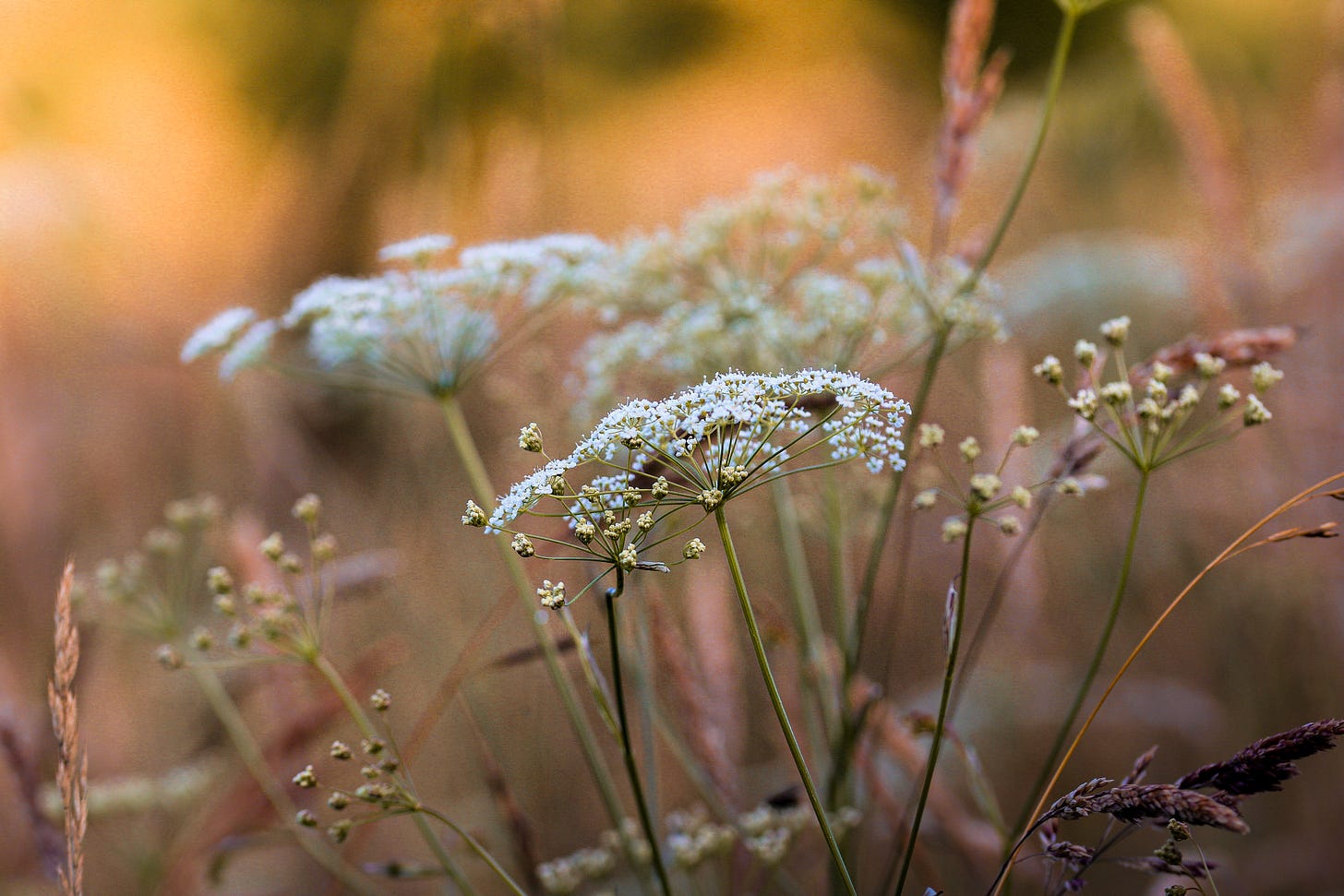
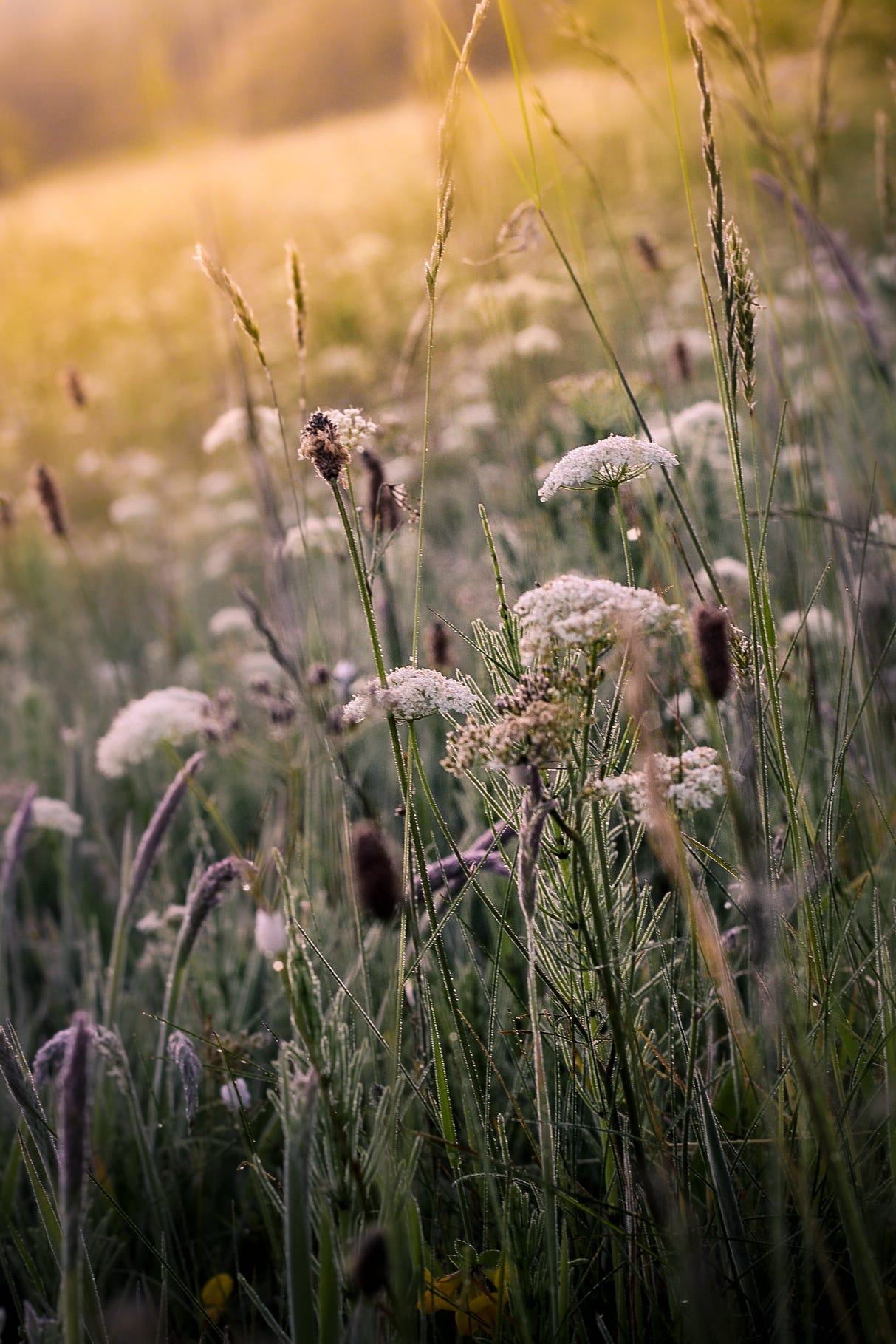
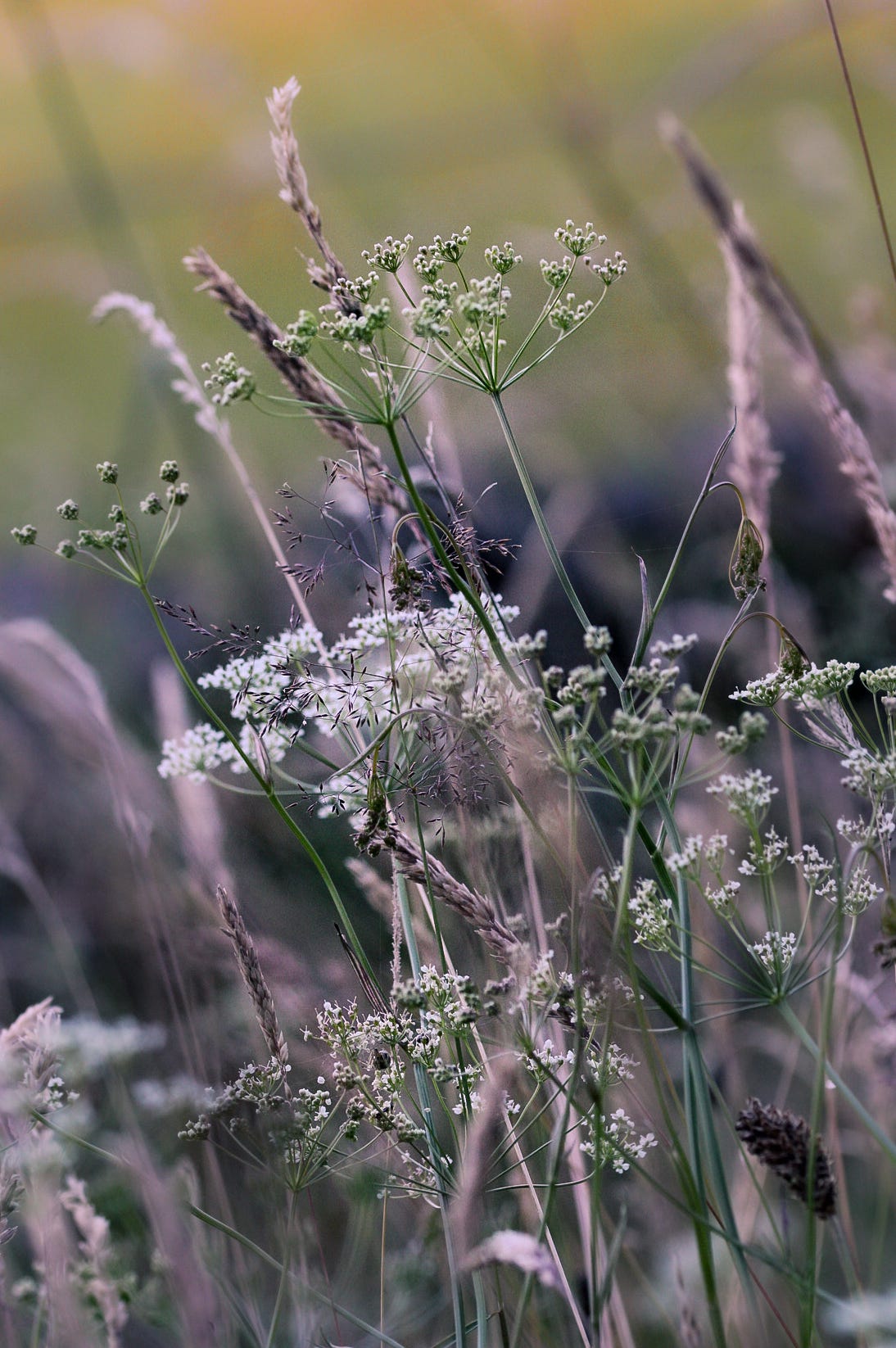
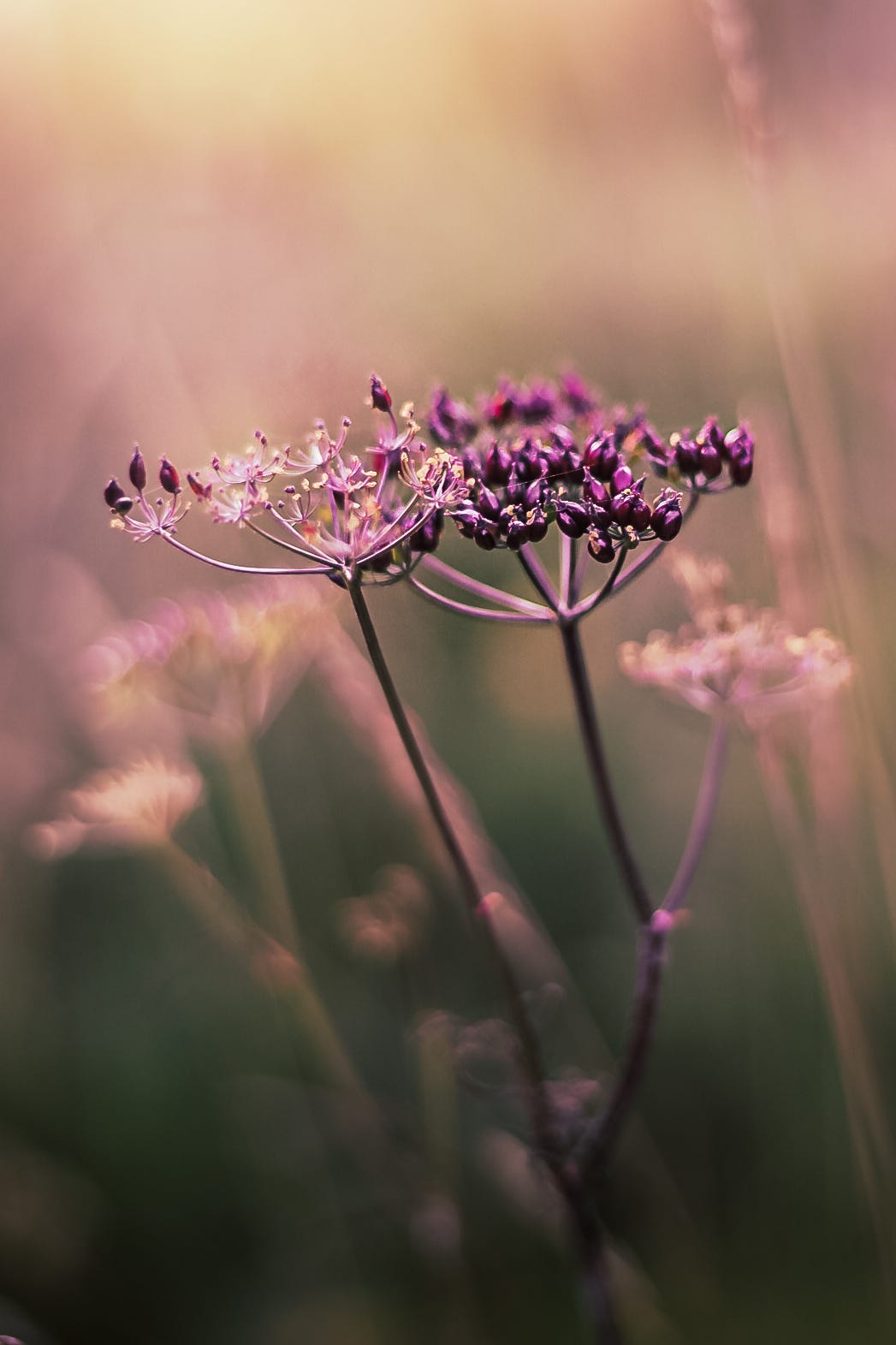
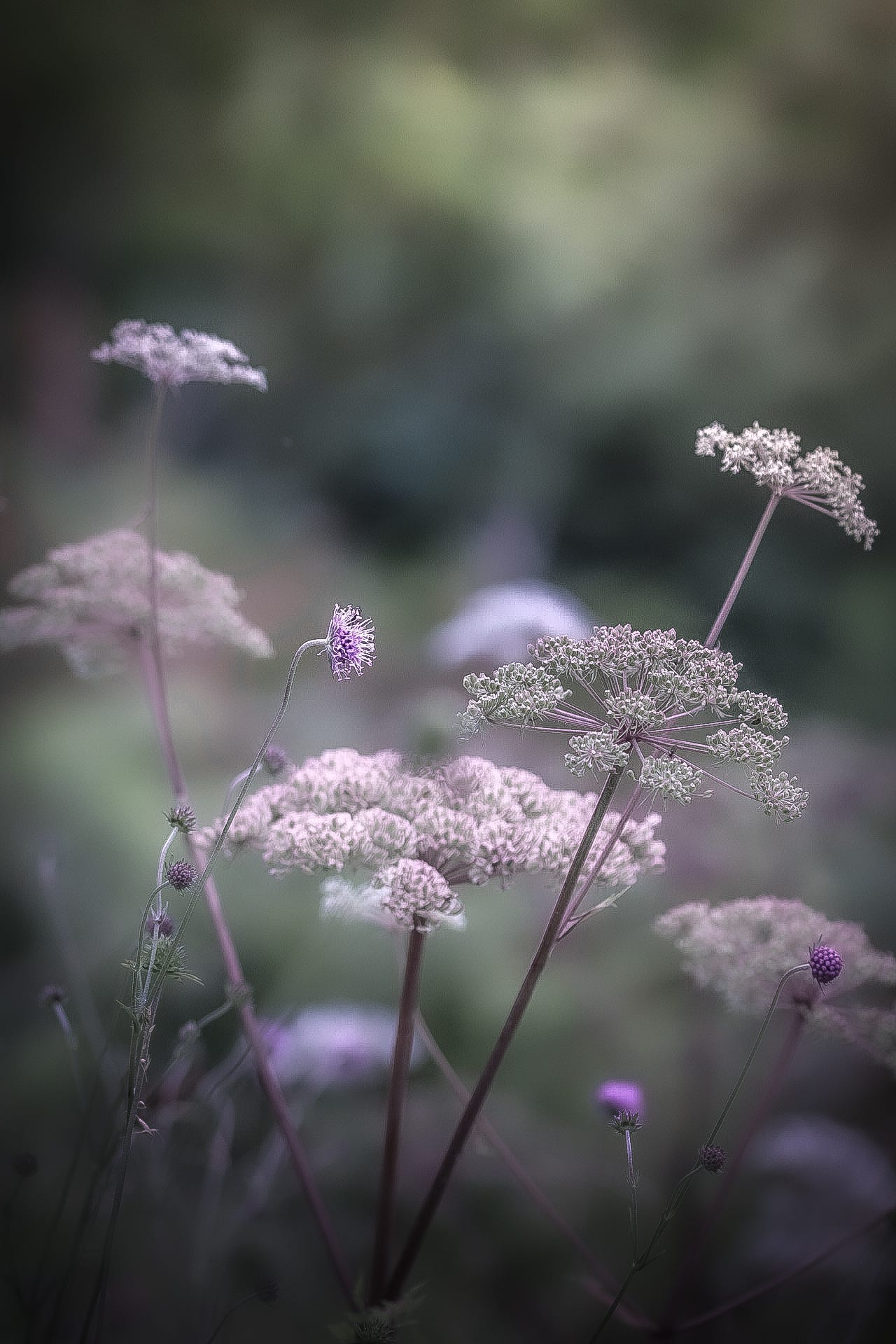
Beautiful images Ellie and I loved the poem.
Cow parsley is my favourite spring flower and I love spending time photographing it. I am always drawn to create dreamy soft focus images with a shallow depth of field as I feel these portray the romantic nature of the flowers.
Beautiful